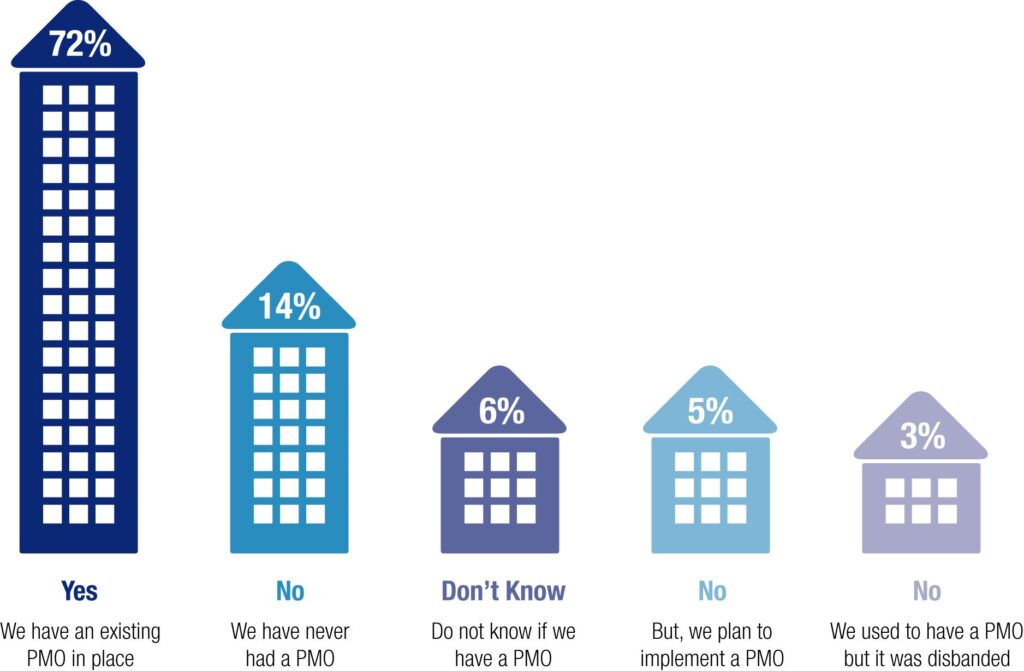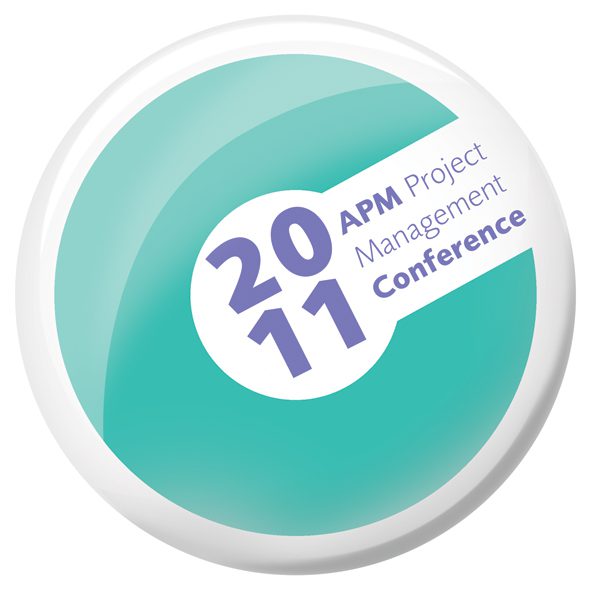The Project or Programme Management Office (PMO) has moved up the ranks in most organisations as more than just a warehouse of methodology, tools, and process. In an effort to impact business performance through training, methodology and project guidance, many PMOs seek to support project, programme and portfolio management in a more focused, strategic manner. Regardless of its particular position in a given organisation, the PMO is prevalent in virtually every industry and many governmental organisations.
Given its popularity as a management approach to improve enterprise-wide project and programme management performance, the PMO is slowly entering a new phase in its evolution. With increasingly higher levels of maturity, a more pronounced focus on improving business outcomes and engaging in activities aimed at ensuring learning sustainment along with a stronger concentration on customer satisfaction, the Next-Gen PMO has emerged – for some. And yet, the value of the PMO is still being questioned by the very people who fund it, rely on it for performance support, and by those who are the beneficiaries of its activities.
This second annual global PMO benchmarking survey conducted in January 2012 with over 3,000 respondents takes a comparative view, determining what is trending, and what is not, in the PMO landscape. ESI International set out to explore topics such as the perceived value of the PMO, its role in sustainment of learning and how learning transfer impacts overall PMO maturity. Due to the rise in collaboration software, the survey also sought to measure how widespread the usage of such tools has become. Since three in four of those surveyed claimed to have, or have had, a PMO in their organisation, ESI was able to capture a broad range of representative data in a wide variety of industries such as energy, telecommunications, IT, construction, health care, manufacturing, government and financial services.
The main questions posted in the study included:
• How do PMOs measure and report on their effectiveness, if at all?
• What methods do organisations use to measure the impact
of training?
• How mature are existing PMOs today?
• Has the value of the PMO increased?
• What role does learning transfer play in PMO maturity?
With its global approach, this survey offers in-depth insights into the state of the PMO worldwide based on research from over 17 industries across six continents from both an internal and external perspective. Respondents were identified not only by their job function, but also by their relationship with the PMO itself. In a 60-40 split, non-PMO managed staff and PMO managed staff provided diverse views about their PMO’s effectiveness, how training impact is gauged and the PMO’s maturity level. The study also makes regional and industry-specific discoveries that will help shape our understanding about the emergence of the Next-Gen PMO.
The following are among the key findings taken from this benchmarking survey that included project/programme managers and directors, heads of PMO, senior executives and other project-related staff both inside and outside the PMO in The Americas, EMEA, and APAC regions:
• Active learning sustainment and business view: Those PMOs that engaged in active learning transfer (so-called ‘active PMOs’) relied on ROI as their effectiveness measuring stick twice as often as those that did not engage in active learning sustainment. Active PMOs were also viewed as having contributed more to training and development, process improvement, resource management, better communication and greater visibility at the executive level than PMOs that did not take efforts to transfer learning back on the job. Despite this visibility, or perhaps because of it, active PMOs were subjected to even more executive scrutiny than those less engaged in learning sustainment. The Next-Gen PMO is an active one that highly values learning sustainment.
- Standard effectiveness measurements: PMOs still rely heavily on standard definitions of success such as on time, to-budget project delivery and an improved number of successful projects to measure its own effectiveness.
- The case of the missing ROI: Overall, return on investment (ROI) plays a much smaller role as a measure of effectiveness this year compared to those who participated in last year’s survey, which raises the question as to why most PMOs still do not take a business view of their own operation. The Next-Gen PMO is an exception to this rule.
- More maturity: This year, slightly more PMOs are operating at the strategic level, defined by managing project and programme portfolios as well as engaging in determining project ROI. Around 18 percent were reported to have reached the highest level of maturity, compared to 15 percent last year.
- Collaboration software: Three out of five PMOs are actively engaged in selecting and implementing collaboration software, which most found to contribute to their job performance. The majority of PMO and non-PMO managed staff were satisfied with the current investment level in such software. However, one third reported they receive no support in the use of such software from their PMO.
- Senior management’s watchful eye: While PMOs demonstrate remarkable involvement as a hub of training, executive scrutiny continues to plague many PMOs.
- Lagging training impact measurement: Even fewer PMOs are measuring the actual impact of their training compared to last year.
The Executive Disconnect
The survey demonstrates that although one in three PMOs is situated at the corporate level, the PMO still receives an astounding amount of executive scrutiny, a fact that often leads to the disbandment of the PMO even after years of operation. A full two out of three respondents said that when the PMO’s value was questioned, it was usually by senior management itself. Around 55 percent claimed the value of their PMO was indeed called into question by key stakeholders, a move up from about 40 percent in 2011.
One of the most positive findings was the PMO’s involvement in training and how it helps project professionals apply what they learn back on the job. Those whose PMOs were most strongly involved in the sustainment of learning were also the most mature and were valued more highly by project-related staff. When the PMO genuinely helps people do their job better, it grows in importance in people’s view. Nonetheless, whether or not
PMOs were active in learning sustainment, executive discontent remained consistent. It is evident from these findings that there is a major gap between executive perception and PMO reality.
The PMO has a long way to go in defending its existence as an integral part of the entire enterprise. While it has made some inroads in its maturity and role as the hub of training in the last twelve months, it needs to address the root cause of why so many executives and clients question its value to remain an essential and important component of the overall business enterprise.



